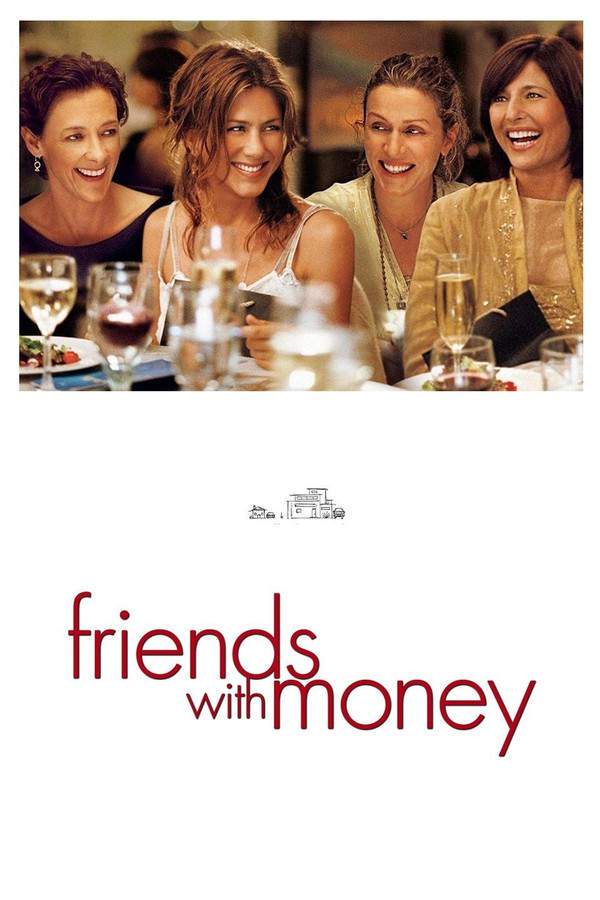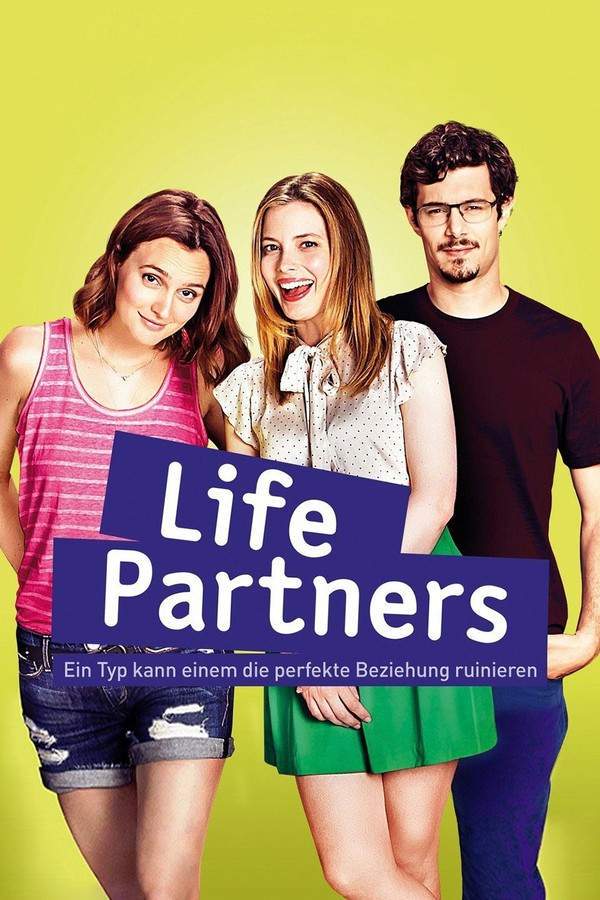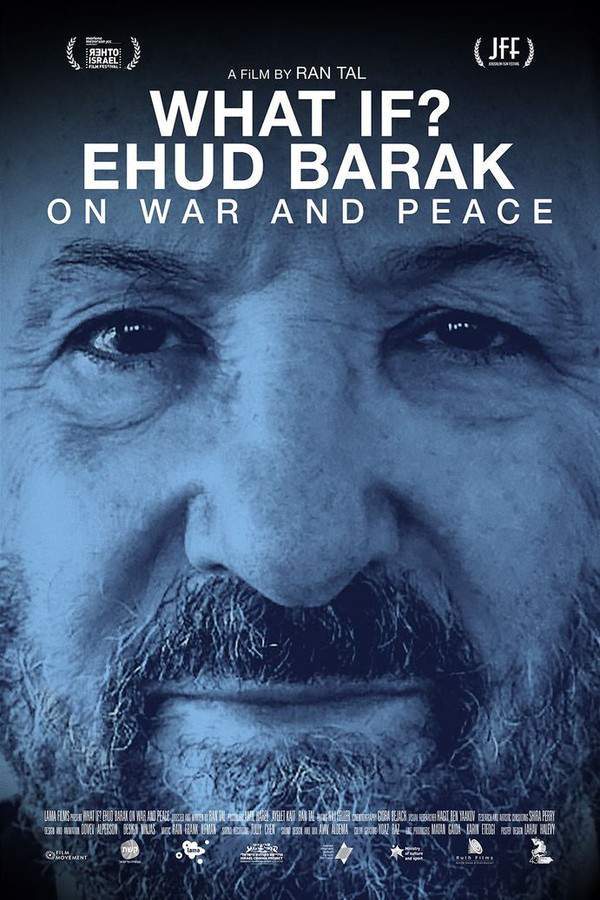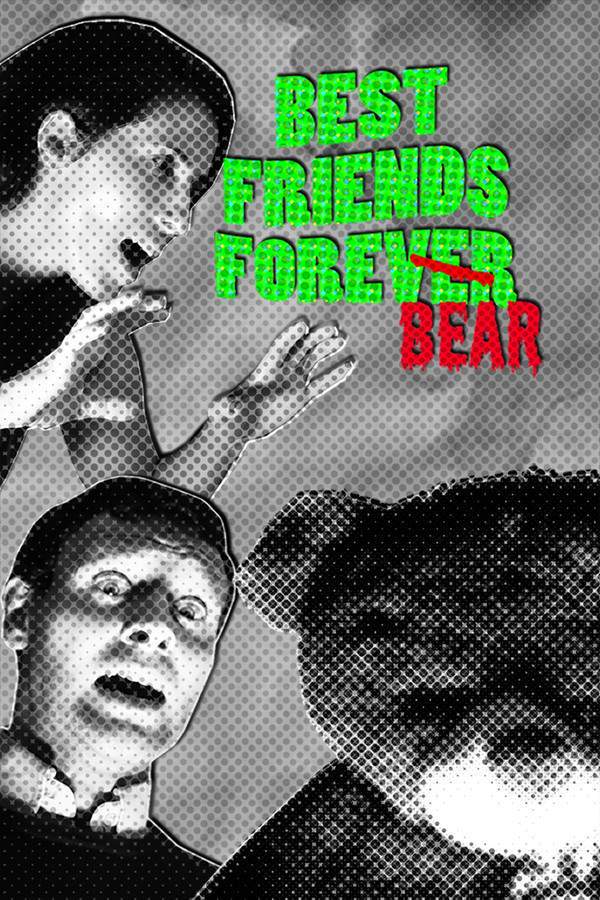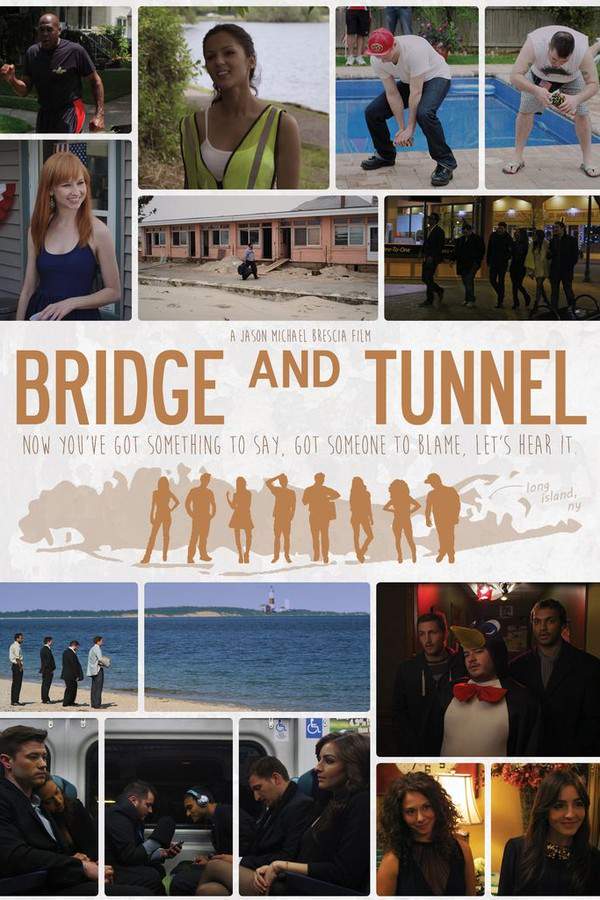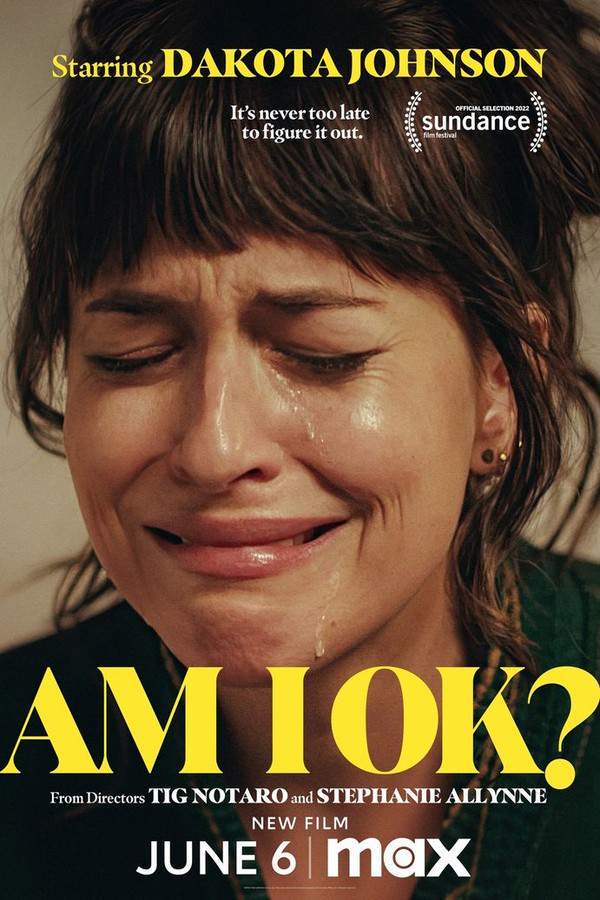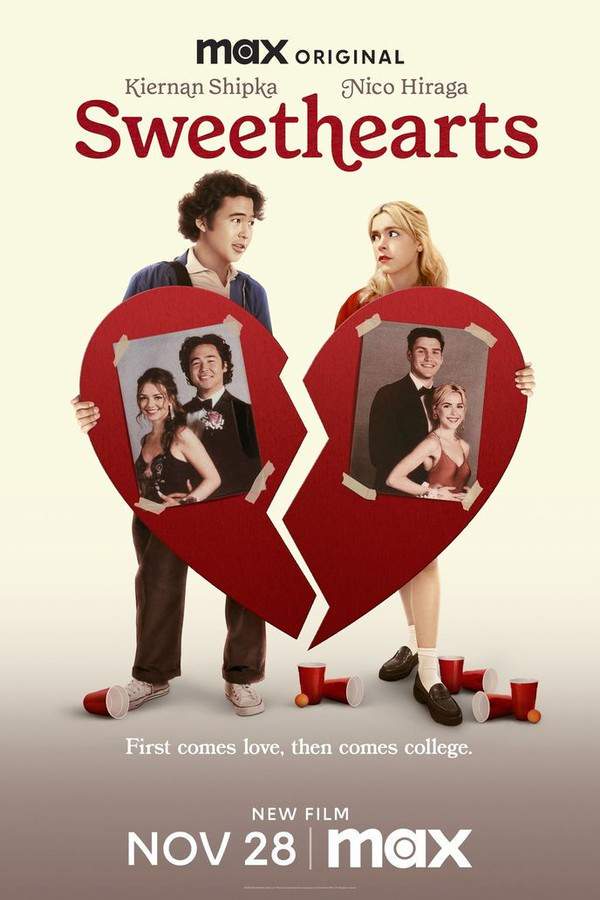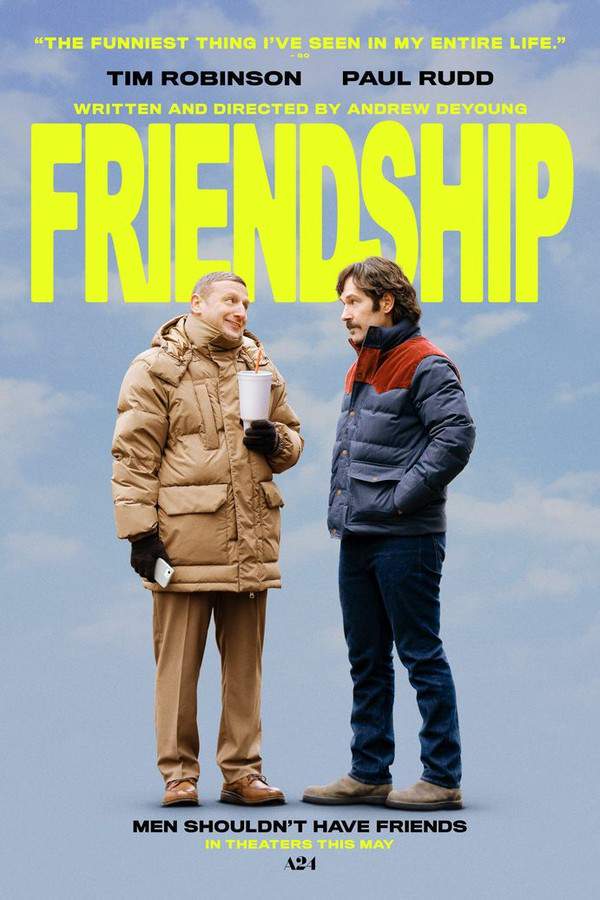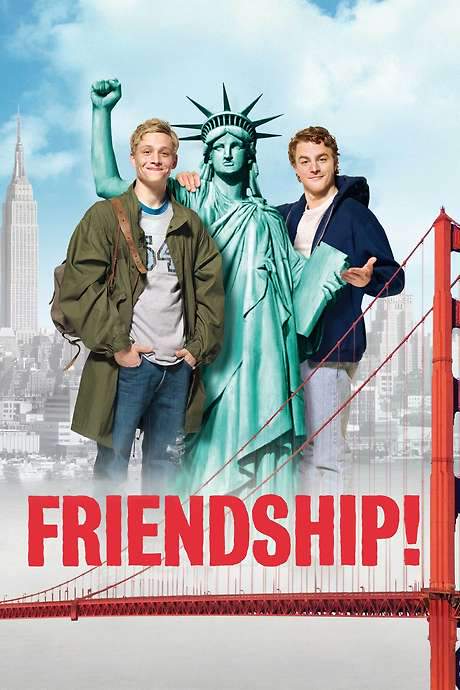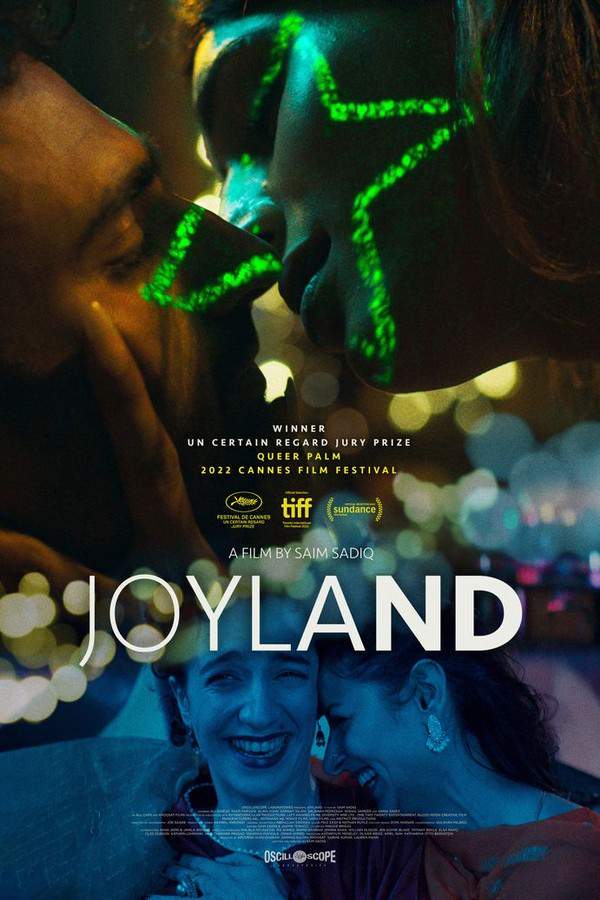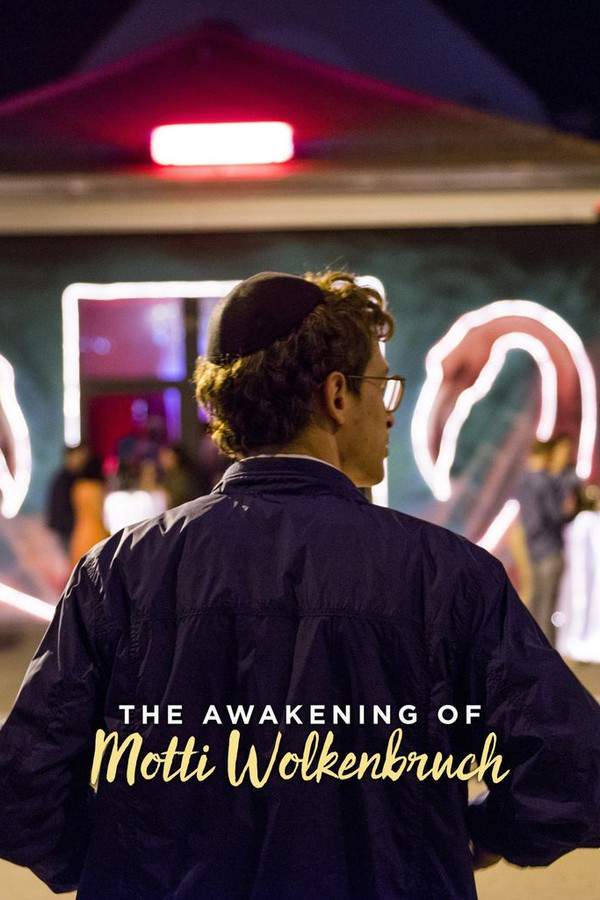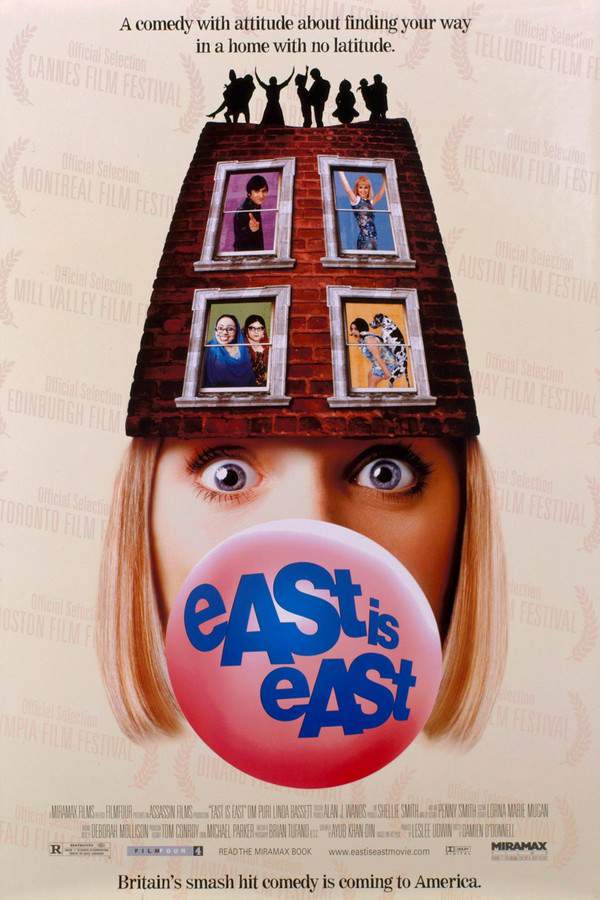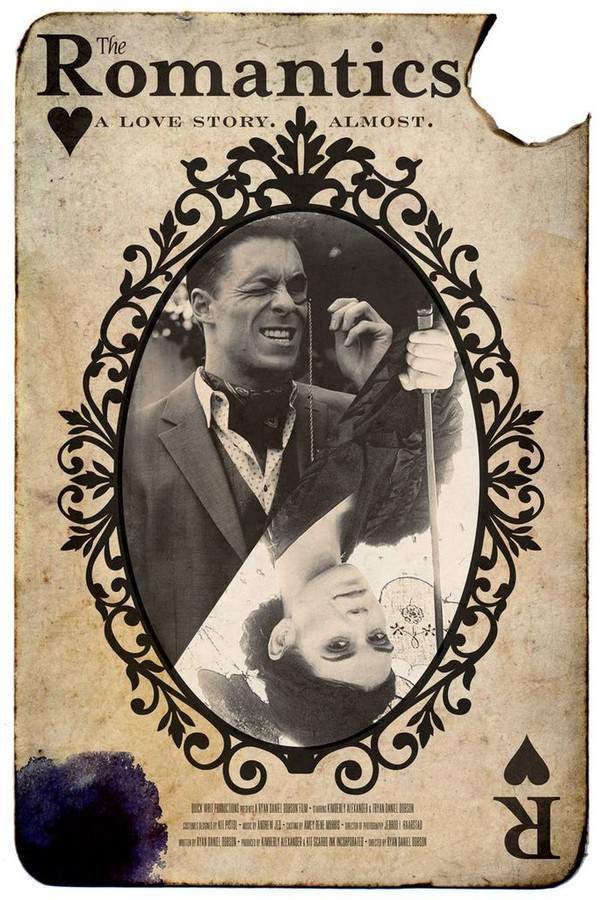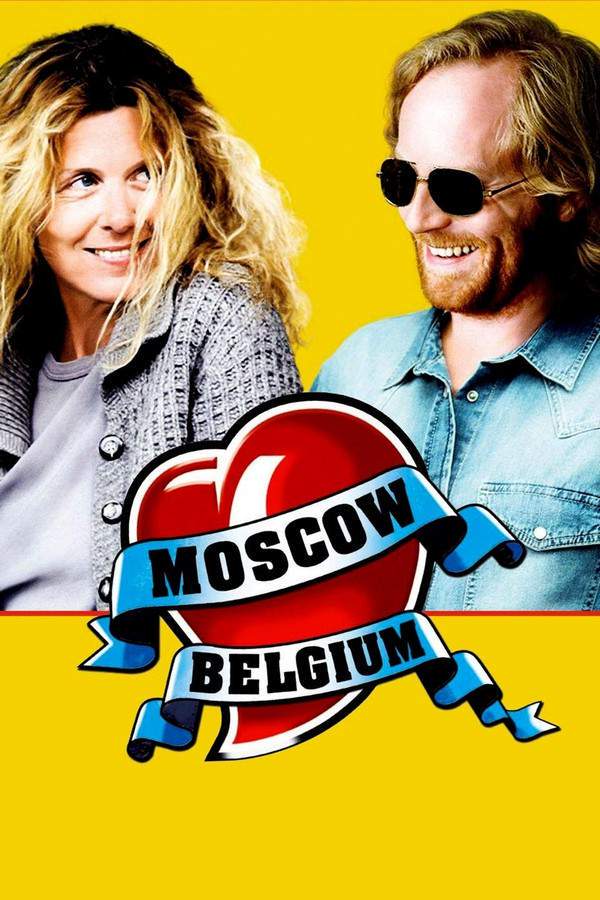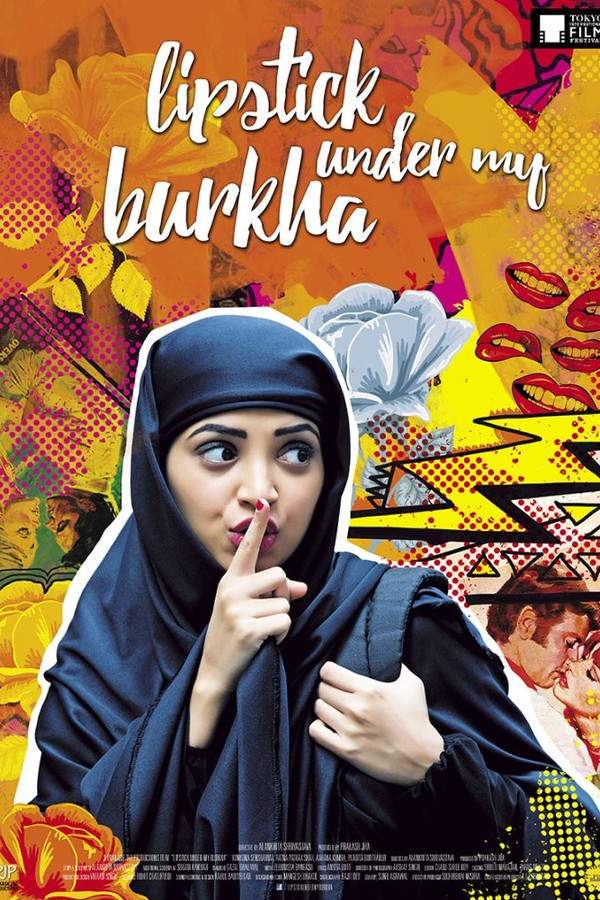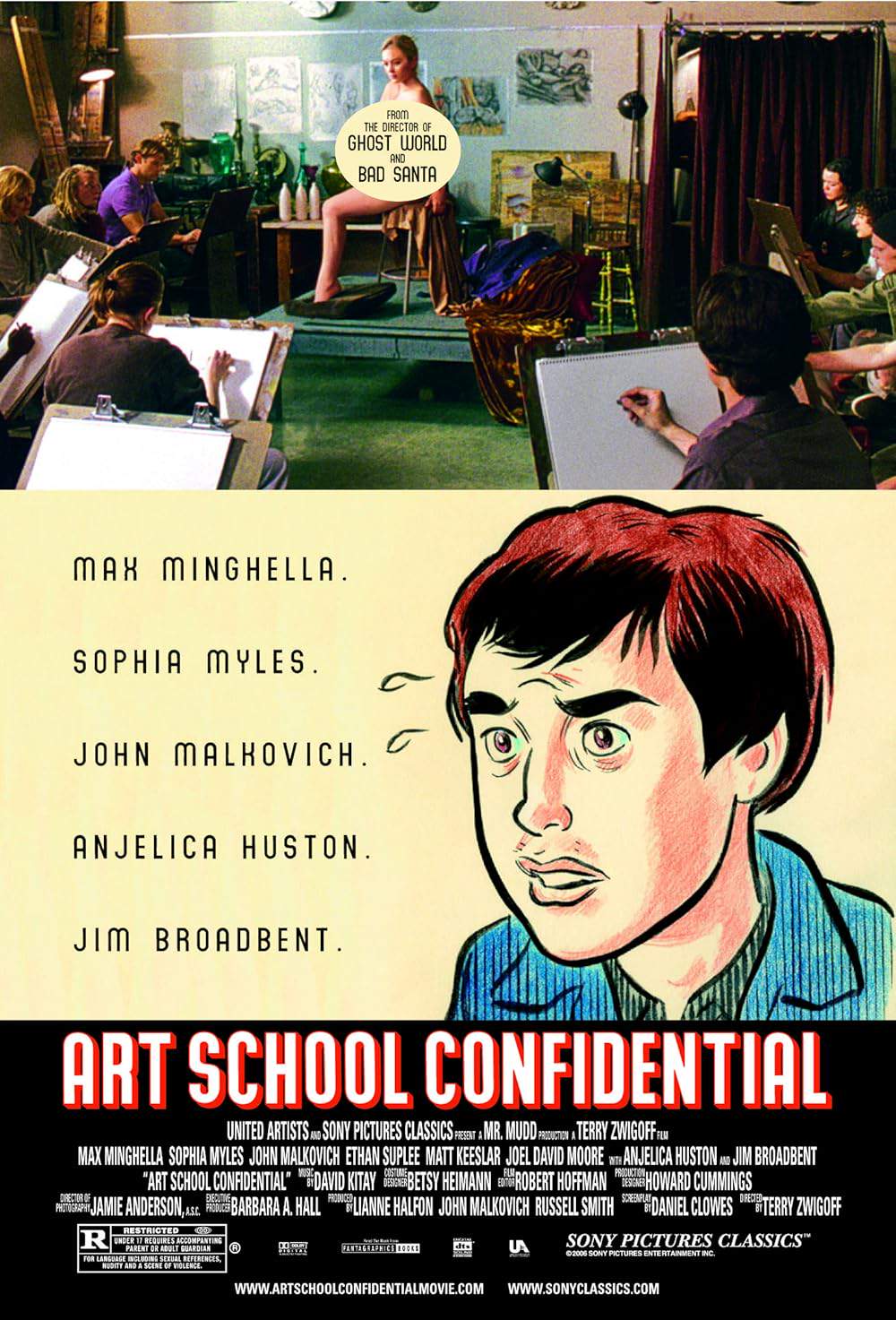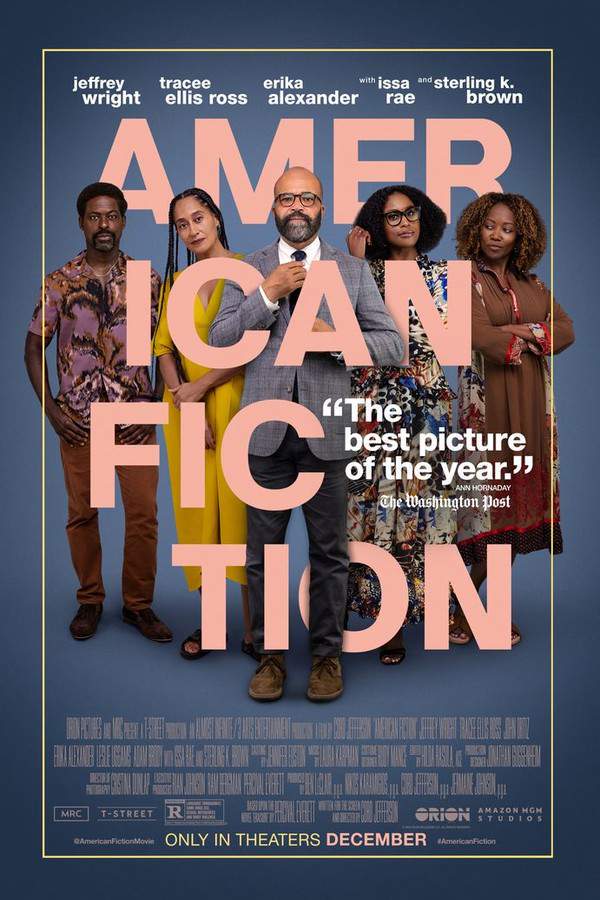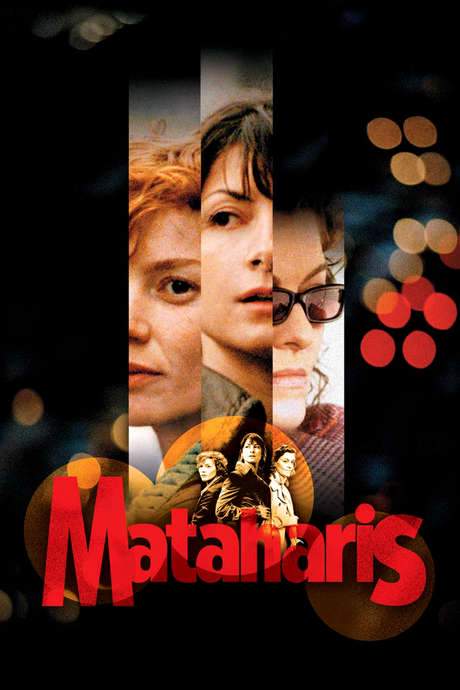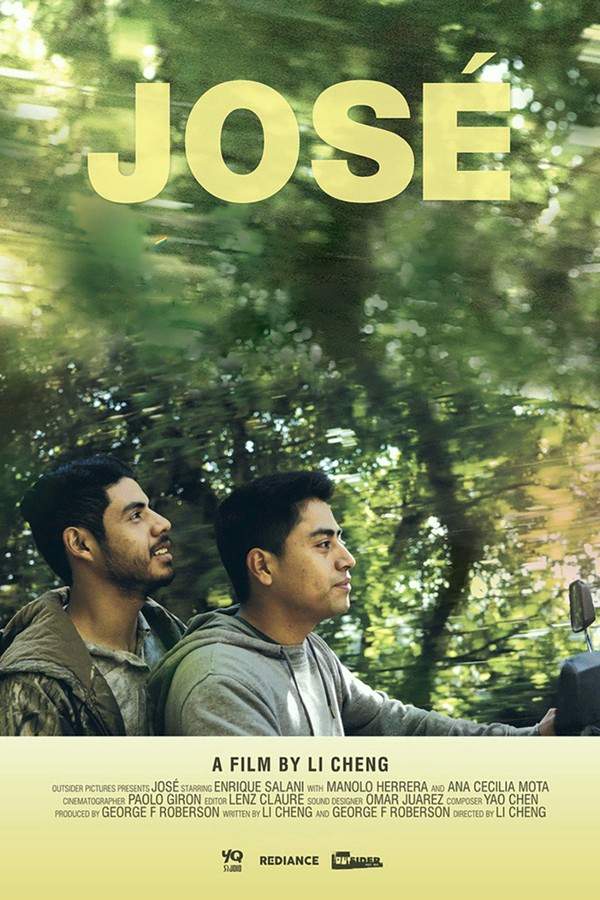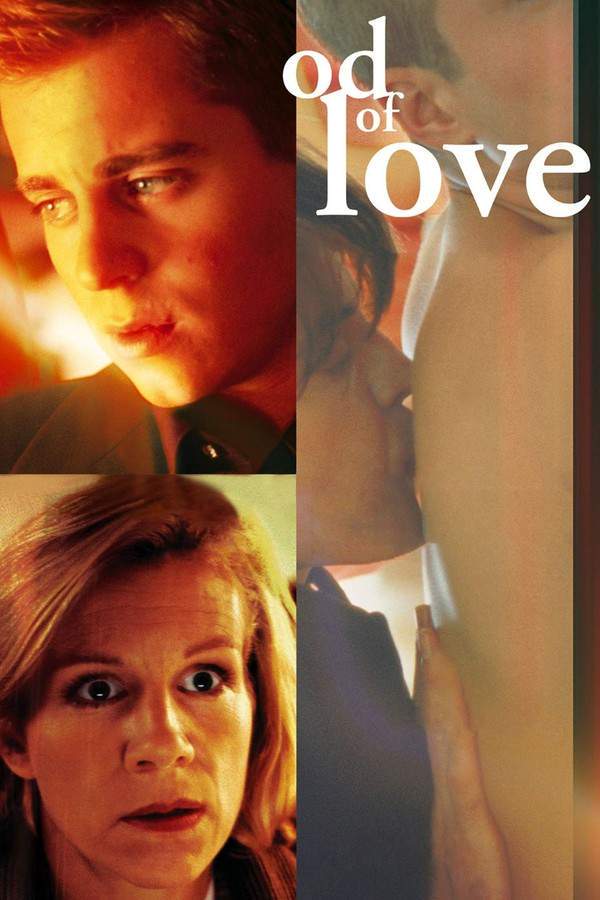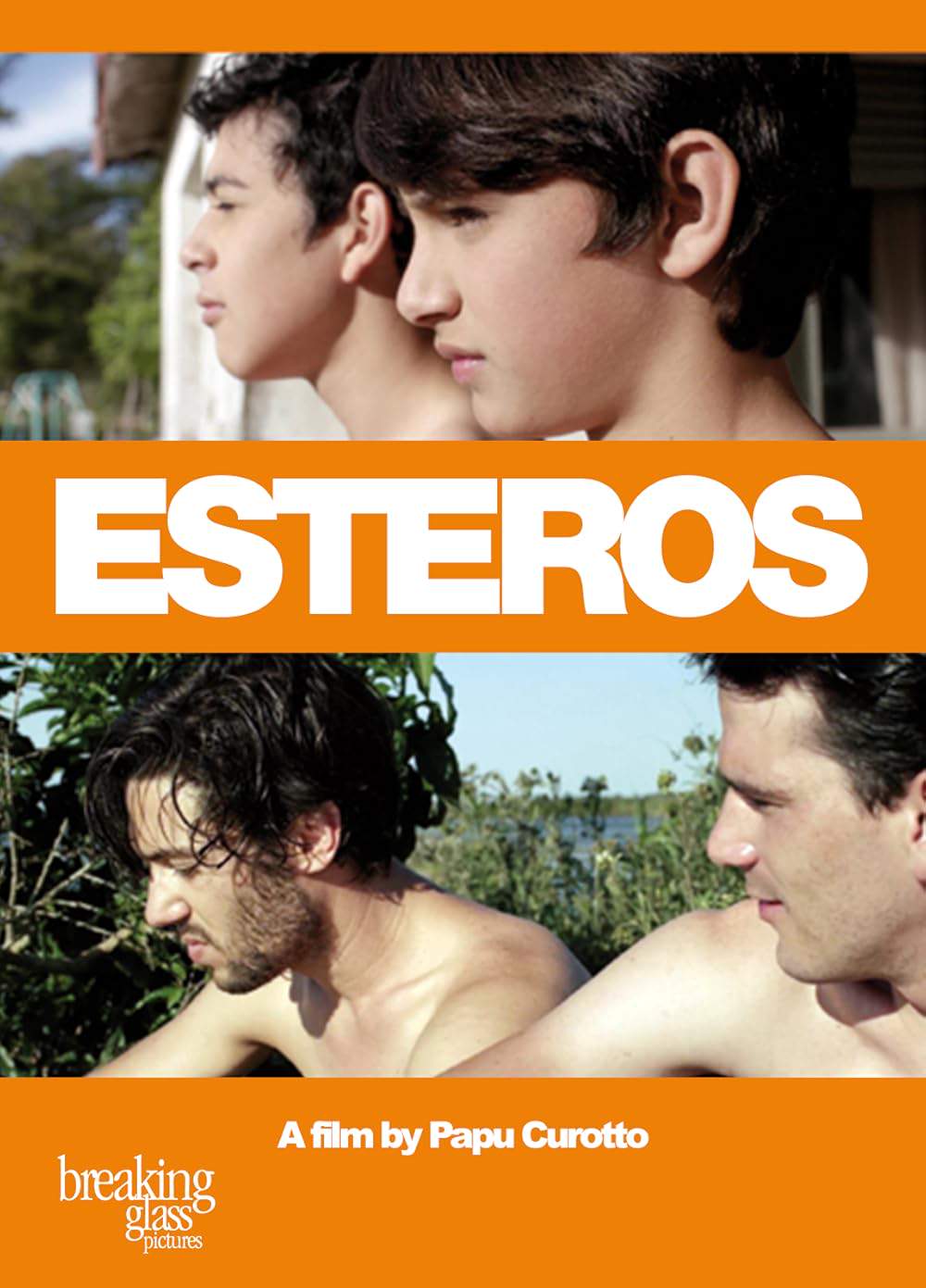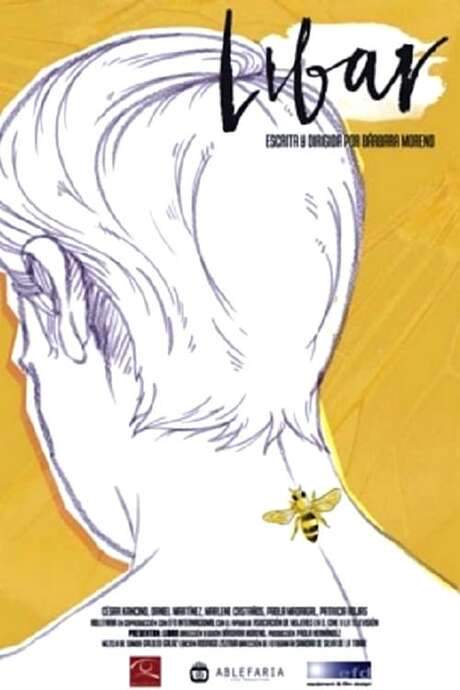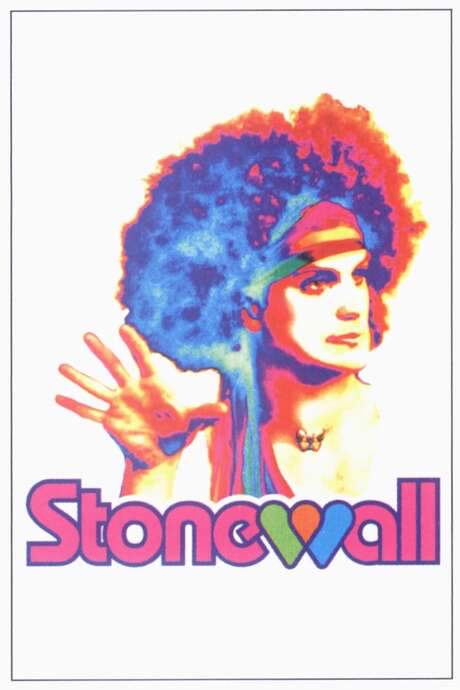
Strawberry and Chocolate
Year: 1993
Runtime: 108 mins
Language: Spanish
Directors: Juan Carlos Tabío, Tomás Gutiérrez Alea
Set in 1979 Havana, a young Marxist student befriends Diego, a reclusive gay Catholic writer living in a decaying house. Their unlikely friendship forces the student to confront his beliefs as both confront homophobia, tolerance and identity in society. Adapted from Senel Paz’s short story, the film mixes humor with sharp social commentary.
Warning: spoilers below!
Haven’t seen Strawberry and Chocolate yet? This summary contains major spoilers. Bookmark the page, watch the movie, and come back for the full breakdown. If you're ready, scroll on and relive the story!
Strawberry and Chocolate (1993) – Full Plot Summary & Ending Explained
Read the complete plot breakdown of Strawberry and Chocolate (1993), including all key story events, major twists, and the ending explained in detail. Discover what really happened—and what it all means.
In Havana, Cuba, in 1979, David is a university student navigating a city under close scrutiny, where personal longing collides with political pressure. After Vivian rejects him and marries an older, wealthier man, he begins to see how love and loyalty can be entangled with power and ideology.
He soon crosses paths with Diego, a gay artist who challenges the regime’s stance on homosexuality and the censorship that stifles creative expression. David’s heterosexual classmate, Miguel, views Diego as a threat to the Communist project and schemes to use David to spy on him.
Diego initiates a friendship with David, though his advances carry sexual undertones that David mostly resists. Despite this, David agrees to go along with Miguel’s plan to pass information back, insisting that their relationship remains ultimately platonic while the two men grow closer.
A dramatic turn arrives when Nancy, a neighbor who keeps an eye on Diego’s world, attempts suicide. David arrives at the scene and donates blood to help her recover, an act that deepens their connection and sets in motion a tangle of loyalties and secrets.
As David spends more time with Diego, he engages in heated debates about Communism, sexuality, and what constitutes true revolution. He keeps reporting their activities to Miguel, arguing that Diego does hold firm principles even if his sexuality complicates the official narrative.
Vivian tries to rekindle their past by seeking an affair, but David rejects the proposal. Meanwhile, his feelings for Diego begin to soften in tangible ways: he buys flowers for Diego, adorns Diego’s room with Marxist icons, and allows Diego to read a manuscript he has written.
A parallel thread follows Diego and German, his artist protégé and partner, who struggle to exhibit their work. The dispute leads to a falling out, and Diego sends an angry letter to the museum curators, resulting in his firing and a government blacklist that makes external work nearly impossible. Diego shares these frustrations with Nancy, who has developed romantic feelings for David. To try to balance tensions, he arranges for Nancy and David to connect, and David experiences a transformative moment when he loses his virginity to Nancy.
Tensions come to a head when Miguel arrives at Diego’s apartment and accuses David of being homosexual, forcing the trio to confront the truth behind appearances and rumors.
Ultimately, Diego decides to leave the country. He cannot keep his departure a secret, and he confesses his love for David, clarifying that the fear of rumors did not create their bond but rather strained it under a difficult political climate. David greets the confession with a first, unguarded embrace, and the ending leaves their future relationship deliberately open to interpretation.
Last Updated: October 07, 2025 at 09:17
Explore Movie Threads
Discover curated groups of movies connected by mood, themes, and story style. Browse collections built around emotion, atmosphere, and narrative focus to easily find films that match what you feel like watching right now.
Movies about friendship across divides like Strawberry and Chocolate
Stories where profound connections bloom between characters on opposite sides.Explore movies like Strawberry and Chocolate that feature powerful friendships formed between ideological opposites. These character-driven dramas use conversation and connection to explore themes of tolerance, identity, and change, perfect if you enjoyed the nuanced relationship at the heart of the film.
Narrative Summary
Narratives in this thread typically follow two individuals from conflicting worlds—be it political, cultural, or social—whose forced or chance encounter evolves into a meaningful bond. The central conflict arises from external pressures and internal doubts, with the story unfolding through intimate conversations that reveal shared vulnerabilities and challenge deeply held beliefs.
Why These Movies?
These films are grouped together because they share a core focus on the transformative power of human connection in the face of division. They balance intellectual debate with emotional intimacy, creating a specific vibe of thoughtful, conversation-heavy dramas that are both politically sharp and personally resonant.
Bittersweet political dramas similar to Strawberry and Chocolate
Emotional personal journeys set within restrictive political systems.Find movies similar to Strawberry and Chocolate that blend personal stories with sharp political commentary. These bittersweet dramas explore themes of identity and freedom within constrained societies, ideal for viewers who appreciated the film's mix of emotional depth and social insight.
Narrative Summary
The narrative pattern involves characters pursuing personal fulfillment—artistic expression, love, self-discovery—within a system that explicitly or implicitly opposes them. The plot is driven by the tension between individual desire and societal constraints, leading to endings that are often ambiguous or bittersweet, acknowledging small personal victories amidst larger, unresolved struggles.
Why These Movies?
These movies share a distinct mood: a blend of sharp social commentary and intimate emotional storytelling. They maintain a steady, thoughtful pace and a medium emotional intensity, using their setting not just as backdrop but as a central force shaping the characters' fates and the story's bittersweet tone.
Unlock the Full Story of Strawberry and Chocolate
Don't stop at just watching — explore Strawberry and Chocolate in full detail. From the complete plot summary and scene-by-scene timeline to character breakdowns, thematic analysis, and a deep dive into the ending — every page helps you truly understand what Strawberry and Chocolate is all about. Plus, discover what's next after the movie.
Strawberry and Chocolate Timeline
Track the full timeline of Strawberry and Chocolate with every major event arranged chronologically. Perfect for decoding non-linear storytelling, flashbacks, or parallel narratives with a clear scene-by-scene breakdown.

Characters, Settings & Themes in Strawberry and Chocolate
Discover the characters, locations, and core themes that shape Strawberry and Chocolate. Get insights into symbolic elements, setting significance, and deeper narrative meaning — ideal for thematic analysis and movie breakdowns.

Strawberry and Chocolate Spoiler-Free Summary
Get a quick, spoiler-free overview of Strawberry and Chocolate that covers the main plot points and key details without revealing any major twists or spoilers. Perfect for those who want to know what to expect before diving in.

More About Strawberry and Chocolate
Visit What's After the Movie to explore more about Strawberry and Chocolate: box office results, cast and crew info, production details, post-credit scenes, and external links — all in one place for movie fans and researchers.

Similar Movies to Strawberry and Chocolate
Discover movies like Strawberry and Chocolate that share similar genres, themes, and storytelling elements. Whether you’re drawn to the atmosphere, character arcs, or plot structure, these curated recommendations will help you explore more films you’ll love.
Explore More About Movie Strawberry and Chocolate
Strawberry and Chocolate (1993) Scene-by-Scene Movie Timeline
Strawberry and Chocolate (1993) Movie Characters, Themes & Settings
Strawberry and Chocolate (1993) Spoiler-Free Summary & Key Flow
Movies Like Strawberry and Chocolate – Similar Titles You’ll Enjoy
José (2020) Full Summary & Key Details
Food of Love (2002) Complete Plot Breakdown
Esteros (2016) Full Movie Breakdown
Mario, Kike and David (2016) Full Summary & Key Details
The Cuban (2019) Movie Recap & Themes
Sipping (2015) Movie Recap & Themes
Strawberry Short-Cut (1991) Story Summary & Characters
Love Tasting (2020) Story Summary & Characters
Stonewall (1995) Complete Plot Breakdown
Bread and Chocolate (1974) Plot Summary & Ending Explained
The Strawberry Statement (1970) Detailed Story Recap
Bitter Sugar (1996) Plot Summary & Ending Explained
Strawberry Time (1978) Plot Summary & Ending Explained
Strawberry Wine (2009) Ending Explained & Film Insights
My Strawberry Film (1000) Story Summary & Characters

